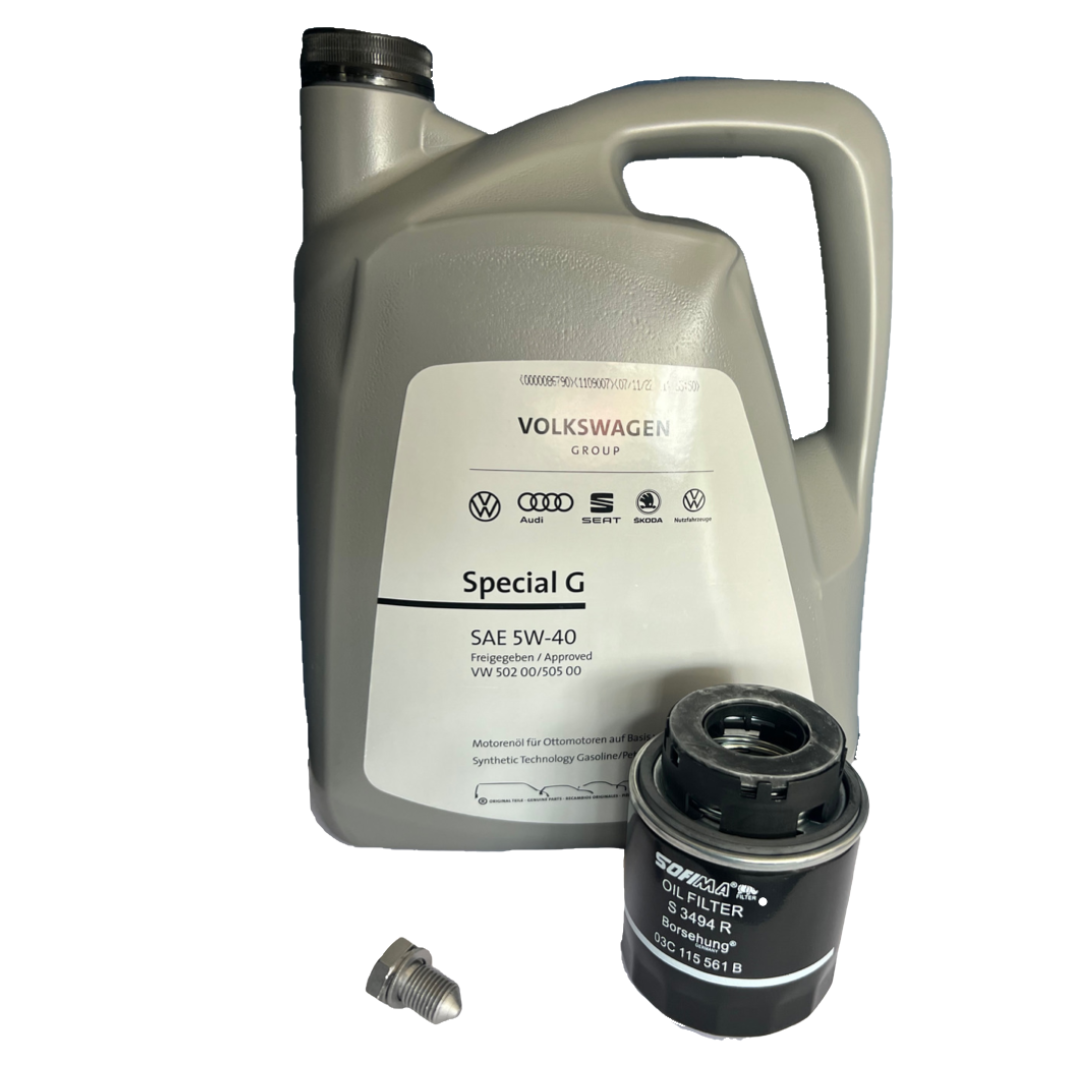Exactly How a Clp Engine Can Improve Effectiveness in Different Industries
The arrival of CLP engines notes a considerable change in operational effectiveness throughout various sectors, driven by their capability to enhance fuel intake and decrease downtime. As organizations progressively focus on sustainability alongside efficiency, the duty of CLP engines becomes even more vital.
Introduction of CLP Engines
CLP engines, or Constant Fluid Propellant engines, stand for a significant development in propulsion modern technology, specifically for room applications. These engines make use of a constant feed system that permits for the sustained expulsion of propellant, causing boosted efficiency and efficiency contrasted to traditional solid or hybrid propulsion systems. By maintaining a consistent circulation of fluid propellant, CLP engines can achieve extra accurate thrust control, which is important for maneuvering spacecraft in various goal situations.
The layout of CLP engines integrates advanced materials and ingenious fuel administration systems. clp engine. This causes decreased weight and increased integrity, necessary aspects for long-duration room objectives. The continuous operation lessens the danger of burning instability, a typical obstacle in conventional rocket engines.

Advantages in Production
The production of Continual Fluid Propellant (CLP) engines presents a number of notable benefits that enhance both performance and cost-effectiveness. Among the key benefits is the structured production procedure, which lowers the intricacy associated with standard propulsion systems. By utilizing liquid propellant, producers can accomplish better accuracy in engine performance, leading to optimized power result and decreased waste.
Additionally, CLP engines facilitate a greater degree of modularity, enabling simpler combination into various manufacturing lines. This adaptability can considerably lower preparations and enhance overall operational adaptability. Making use of CLP innovation also tends to decrease the demand for considerable maintenance because of fewer relocating parts, which translates into decreased downtime and operational costs.

Applications in Logistics
Leveraging Continual Fluid Propellant (CLP) engines in logistics offers considerable benefits in functional performance and dependability. These engines provide a robust solution for different transportation demands, allowing the seamless movement of goods throughout large ranges. The intrinsic design of CLP engines permits for regular power result, which equates into smoother and extra foreseeable transportation timetables.
One of the crucial applications of CLP engines in logistics remains in sturdy products transportation, where they can drive both ground and airborne automobiles. Their capability to keep high efficiency under differing lots problems makes sure that distribution timelines are met, therefore improving client satisfaction. Additionally, CLP engines can be incorporated right into automated logistics systems, helping with real-time tracking and optimizing route preparation.
Furthermore, the longevity of CLP engines i loved this decreases upkeep downtime, permitting logistics business to optimize their operational abilities. This is specifically useful in warehousing procedures, where efficiency in taking care of and transporting products is vital. As logistics continues to evolve, the integration of CLP engines stands for a forward-thinking method that not just enhances performance however likewise supports the sector's expanding demands for dependability and speed.
Impact on Energy Performance
How do Continual Liquid Propellant (CLP) engines improve energy effectiveness in transportation? CLP engines use a constant flow of liquid gas, maximizing combustion procedures and preserving a stable drive output. This design lessens power losses associated with conventional combustion engines, where gas shipment can differ and bring about ineffectiveness.
The constant procedure of CLP engines enables a more effective thermal cycle, leading to greater particular impulse compared to conventional engines. clp engine. This translates to lowered gas usage for the exact same amount of job done, significantly decreasing operational prices across various transportation fields, including air travel and maritime industries
In addition, the capacity of CLP engines to preserve optimal efficiency under differing tons conditions minimizes the demand for regular velocity and deceleration, additionally enhancing fuel performance. Improved energy performance not only contributes to set you back financial savings however likewise leads to lower greenhouse gas discharges, aligning with global sustainability goals.
Future Trends and Innovations
Arising developments in Continuous Liquid Propellant (CLP) engine technology pledge to reinvent the landscape of transport efficiency and sustainability. As markets pivot towards greener alternatives, CLP engines stand at the forefront, incorporating ingenious products and layout approaches that improve performance while decreasing ecological impact.
One of the most promising patterns is the adoption of hybrid this article systems that incorporate CLP engines with renewable resource sources. This harmony can maximize gas usage and minimize discharges, aligning with international sustainability goals. In addition, innovations in computational liquid characteristics (CFD) are facilitating the design of more aerodynamically reliable engines, causing lowered drag and improved fuel effectiveness.
Moreover, the development of wise monitoring systems is readied to enhance operational performances. These systems leverage data analytics and IoT modern technology to optimize engine performance in real-time, ensuring that the engines operate within their most effective parameters.
As research study remains to check out different propellant formulations-- such as biofuels and artificial gas-- the future of CLP engines looks encouraging. By harnessing these technologies, sectors can not only boost their effectiveness but likewise contribute dramatically to a cleaner, extra sustainable future in transport.
Verdict
To conclude, CLP engines stand for a significant advancement in performance across multiple industries. Their ability to maximize gas intake and minimize operational costs, combined with a constant feed system, improves power output and functional integrity. The integration of sophisticated products and less relocating components lessens maintenance demands, while placement with sustainability goals settings CLP engines as a pivotal technology for the future. Proceeded technology in this field guarantees more improvements in performance and ecological performance. official source